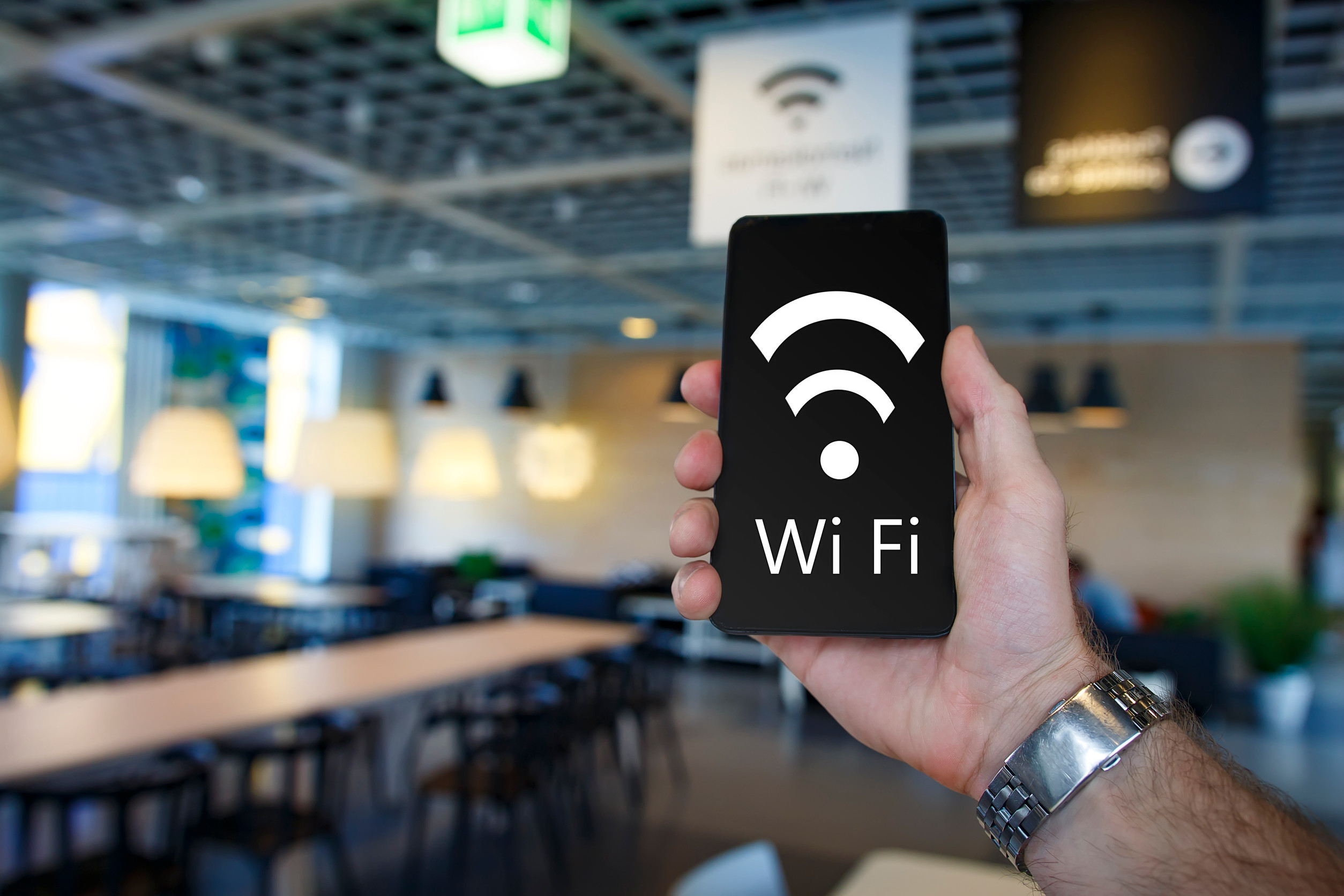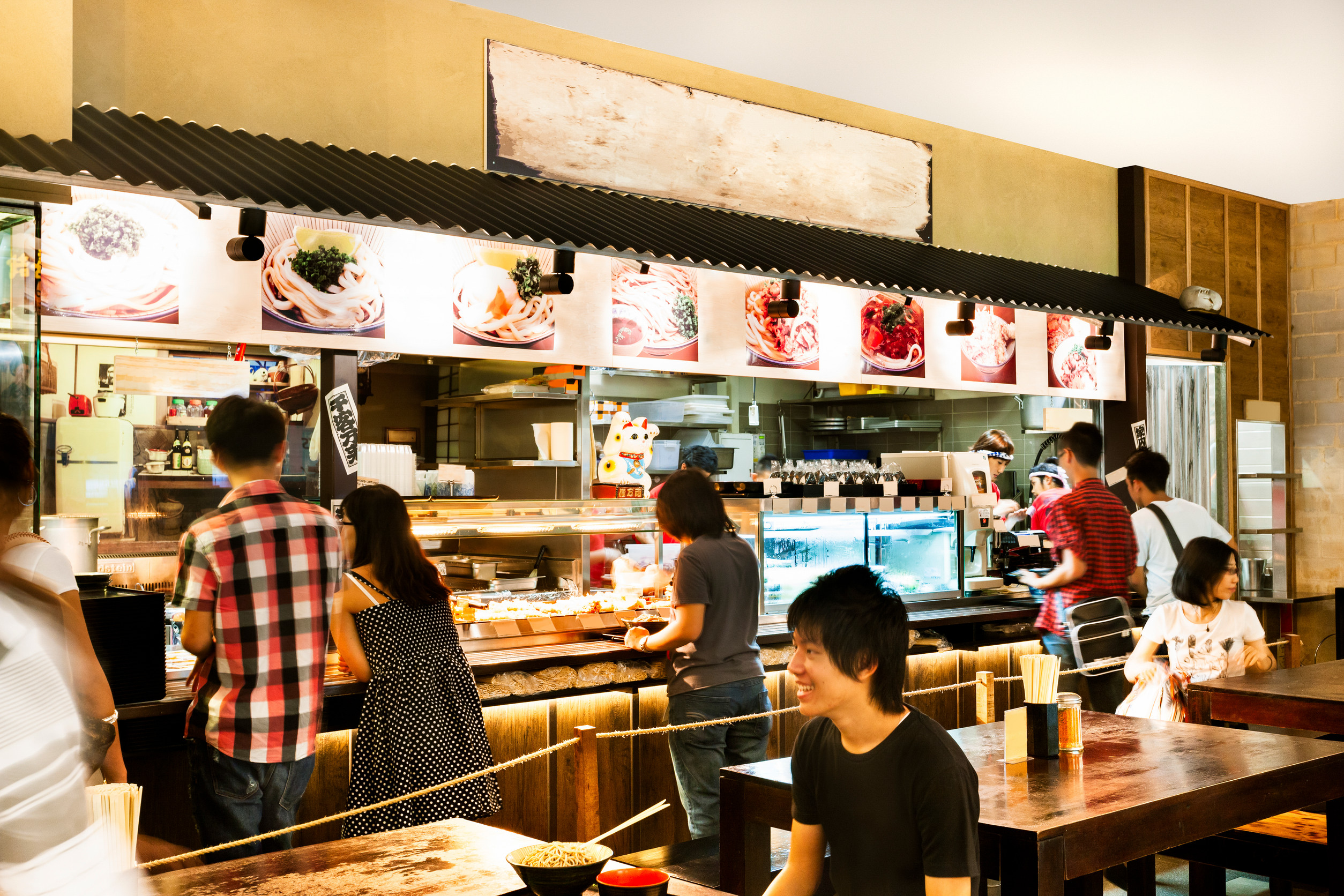The moment a customer sits down at a chain restaurant and connects to the free Wi-Fi, something invisible kicks into gear—data starts flowing. What once felt like a convenient perk has quietly evolved into a sophisticated surveillance tool for corporations. From behavioral tracking to targeted advertising, the Wi-Fi connection is often a gateway to data collection far beyond simple internet access.
It’s not just about surfing the web while eating a burger; it’s about being watched while doing it. This new digital layer of dining out has significant implications for privacy that few people recognize.
The Hidden Cost of “Free” Wi-Fi
Most users assume free Wi-Fi is a courtesy—a thank-you for choosing to dine in. In reality, it’s a transaction: users give up personal data in exchange for temporary internet access. When logging in, users often accept terms and conditions without reading them, which often include clauses allowing tracking. The restaurant’s Wi-Fi provider may log browsing habits, location data, device type, and even time spent on specific sites. This data is then packaged, analyzed, and sometimes sold to third parties, turning diners into data points.
Why Chain Restaurants Are Perfect for Data Collection
Chain restaurants have consistent branding, centralized tech systems, and high foot traffic—ideal conditions for digital surveillance. These companies partner with marketing firms and analytics providers that install tools in the Wi-Fi network to monitor user behavior. By analyzing when customers arrive, how long they stay, and what they browse, these businesses gain powerful insights into consumer habits. Larger chains use this data to optimize store layouts, tailor promotions, and refine menu offerings. The more data collected, the sharper the edge in the hypercompetitive food service market.
Consent Without Awareness
Users often “consent” to data collection without fully understanding what they’ve agreed to. Login portals are designed to make access fast and frictionless, discouraging users from reading privacy policies. Even when policies are provided, they’re buried in legal jargon and lack transparency about what is actually being collected. This creates a false sense of security, where diners assume their data is safe simply because the Wi-Fi is provided by a recognizable brand. The reality is that vague permissions can open the door to extensive tracking across multiple visits and even different locations.
Behavioral Profiling in Real Time
Modern Wi-Fi systems can track physical movement within the restaurant using device MAC addresses. This allows businesses to see where customers sit, how long they stay, and whether they return. When paired with online behavior, such as app use or website visits, a detailed profile begins to emerge.
These profiles help restaurants identify high-value customers, predict purchasing behavior, and personalize advertising. In some cases, this data is integrated with loyalty programs or mobile apps, further tightening the net around the customer.
The Role of Third-Party Vendors
Many chain restaurants don’t manage their Wi-Fi systems directly—they outsource to third-party companies specializing in customer analytics. These vendors often have access to data from multiple restaurants, creating cross-brand insights that individuals never knowingly authorized. They use artificial intelligence to analyze trends, segment audiences, and generate predictions about consumer behavior. Some even share or sell this data to advertisers, who can then target users with incredible precision. The customer becomes the product in a digital marketplace they didn’t know they entered.
Wi-Fi Advertising and Location-Based Targeting
Once a user connects to in-store Wi-Fi, advertisers can push location-based ads straight to their devices. Whether it’s promoting a dessert before someone leaves or offering a coupon during peak hours, ads are crafted using real-time behavioral data. This practice isn’t confined to the restaurant visit; data collected can fuel targeted ads long after the customer has left. Browsing habits while on Wi-Fi can also be used to predict future purchases, feeding into broader advertising ecosystems. These ads often follow users across social media, shopping platforms, and search engines.
Surveillance Meets Customer Loyalty
When customers sign up for loyalty programs, they often link email addresses, phone numbers, or social media accounts. Combining this information with Wi-Fi data gives restaurants a direct line to individual identities. It’s no longer anonymous browsing—every click and dwell time can be tied to a specific person. This linkage makes it possible to send hyper-targeted offers, track response rates, and fine-tune marketing strategies. While it may enhance user experience on the surface, it significantly erodes privacy behind the scenes.
Public Perception vs. Corporate Practice
Most people still believe that free Wi-Fi is just a benign customer convenience. Marketing departments promote it as part of the overall hospitality package, masking the deeper motivations at play. Corporate practices, however, reveal a deliberate and calculated use of technology to gather and exploit personal data. The gap between public perception and reality is wide, largely because the surveillance is invisible and the risks are abstract. Yet the long-term consequences—data leaks, targeted manipulation, and digital profiling—are anything but hypothetical.
The Lack of Regulation and Oversight
In many jurisdictions, the data collection practices used by restaurant Wi-Fi systems operate in a legal gray area. Privacy laws are often outdated or too broad to address the specific nuances of in-store tracking. Without stricter regulations, businesses are left to self-police their data ethics—something profit-driven entities are unlikely to prioritize. Customers have little recourse when their data is misused because they technically gave consent, however uninformed. The result is a Wild West of digital surveillance operating under the radar.
Is It Even Possible to Opt Out?
Opting out of Wi-Fi tracking is far from simple, even for the privacy-conscious. Some Wi-Fi networks will not allow access without data sharing, effectively forcing users to choose between privacy and connectivity. Others use persistent tracking mechanisms that identify devices even after disconnecting. Disabling Wi-Fi on devices or using privacy tools helps, but it’s rarely a foolproof defense. Ultimately, avoiding surveillance may mean rejecting convenience altogether—a tradeoff most consumers aren’t willing to make.
The Digital Receipt You Didn’t Know You Signed
Free Wi-Fi at chain restaurants isn’t just a courtesy—it’s a sophisticated mechanism for data extraction. Every connection can lead to deeper surveillance, tighter profiling, and broader reach for advertisers and corporations. While customers scroll their feeds or check email, algorithms are busy turning behavior into profit. The convenience comes with invisible strings that many users don’t realize they’re tugging.
Have you noticed how your online habits seem to follow you after a quick coffee stop or lunch? Share your thoughts or comment below—because awareness is the first step toward digital autonomy.
Read More
8 Budget Apps That Collect Your Data and Sell It
8 Hidden Dangers of Public Wi-Fi That No One Talks About


